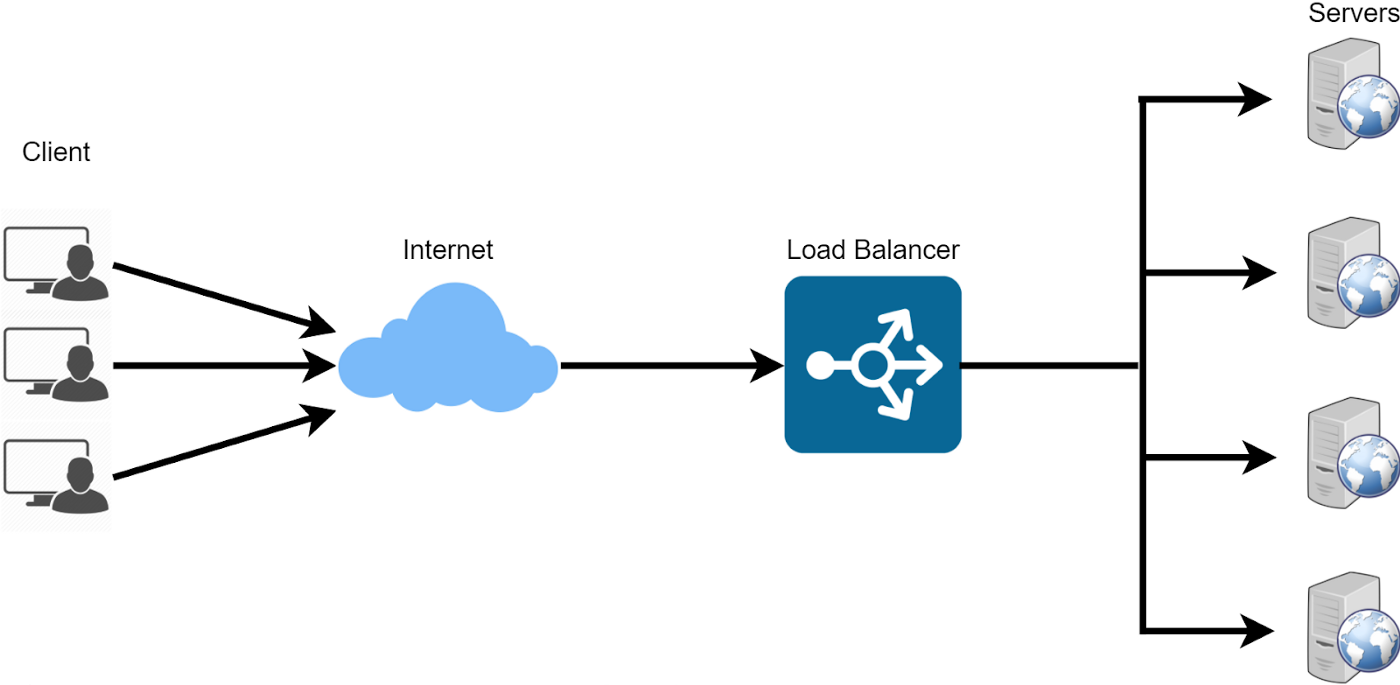The purpose of a load balancer is to distribute incoming network traffic across multiple servers or resources to optimize resource utilization, maximize performance, and ensure high availability of applications or services. It acts as a traffic manager, efficiently distributing requests in a balanced manner among the available resources.
Here are the main reasons why load balancers are used:
1. Improved Scalability: Load balancers help handle increasing traffic loads by distributing requests across multiple servers. As the demand for an application or service grows, additional servers can be added to the pool, and the load balancer will evenly distribute the traffic, preventing any single server from being overwhelmed. This scalability allows applications to handle a larger number of concurrent users and maintain responsiveness.
2. Enhanced Performance: By distributing incoming requests evenly among multiple servers, load balancers optimize resource utilization. They help prevent any single server from becoming a bottleneck by evenly spreading the workload across the available resources. This leads to improved response times and overall performance for end-users.
3. High Availability: Load balancers improve the availability and reliability of applications or services by providing failover support. If one server becomes unavailable due to hardware failure, maintenance, or other issues, the load balancer can redirect traffic to other healthy servers in the pool, ensuring uninterrupted service. This redundancy helps minimize downtime and improves the overall reliability of the system.
4. Health Monitoring: Load balancers often perform health checks on the servers in the pool to ensure they are functioning correctly and capable of handling requests. If a server fails a health check, the load balancer can automatically remove it from the pool, preventing requests from being sent to a non-responsive or faulty server. Once the server is healthy again, it can be added back to the pool seamlessly.
5. Session Persistence: Some applications require maintaining session state or sticky sessions, where subsequent requests from a user are directed to the same server that handled their initial request. Load balancers can support session persistence by using techniques like session cookies or IP-based affinity, ensuring that user sessions are maintained consistently throughout their interactions with the application.
6. Security and SSL Termination: Load balancers can act as a security layer, protecting the backend servers from direct exposure to the internet. They can perform SSL termination, decrypting incoming encrypted traffic and forwarding it to the backend servers over an internal network. This reduces the computational burden on the servers, simplifies certificate management, and enables centralized security controls.
Overall, load balancers play a crucial role in optimizing performance, scalability, availability, and security of applications and services by intelligently distributing traffic across multiple resources, ensuring efficient resource utilization, and providing resilience against failures.

